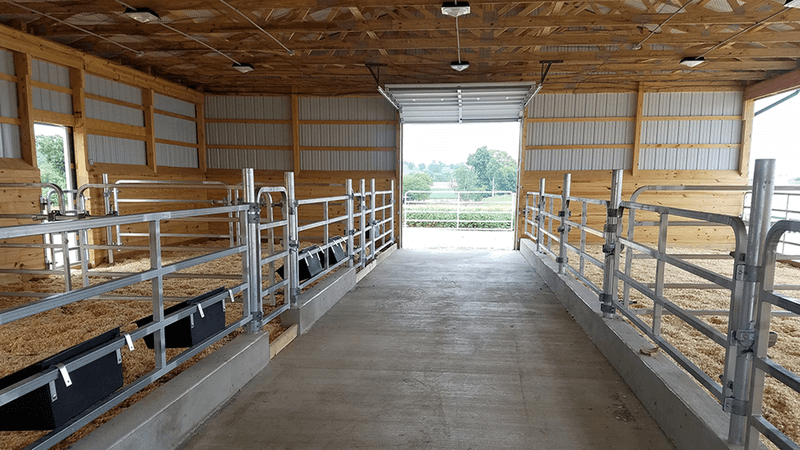Class S – agriculture building to state funded school
Class S allows for the conversion of an agricultural building or buildings and any land within its curtilage to a state funded school. This would not apply to a private school. That would require full planning.

Class S is date stamped to 20th March 2013, so it must have been in use as an agricultural building on that date and since. If the building is newer then a period of 10 years must lapse before it can be converted to a state funded school.
However as we are now passed 20th March 2023, we are now simply in a rolling 10 year date stamp – therefore the barn had to have existed and be used for agriculture for the last 10 years.
The maximum size that can be converted is 500 square meters, which probably only makes for a small school!
Note Class S, did allow for conversion to a registered nursery, but that right was withdrawn in 2021.
The full legislation for Class S is below.
Other Agricultural Sections
- Agriculture & Equestrian Home Page
- Part 6 - Class A - Development of 5 ha or more
- Part 6 - Class B - Development of under 5 ha
- Part 6 - Class C - Mineral working
- Part 6 - Interpretation of Classes A to C
- Part 6 - Class E - Forestry developments
- Part 3 - Class Q - Agricultural to residential - Pre 21/4/24
- Part 3 - Class R - Flexible Commercial use
Legislation
Class S – agricultural buildings to state-funded school
Permitted development
S. Development consisting of a change of use of a building and any land within its curtilage from a use as an agricultural building to use as a state-funded school falling within Class F.1(a) (provision of education) of Schedule 2 to the Use Classes Order.
Development not permitted
S.1 Development is not permitted by Class S if—
(a) the building was not used solely for an agricultural use as part of an established agricultural unit—
(i) on 20th March 2013, or
(ii) in the case of a building which was in use before that date but was not in use on that date, when it was last in use, or
(iii) in the case of a building which was brought into use after 20th March 2013, for a period of at least 10 years before the date development under Class S begins;
(b) the cumulative area of—
(i) floor space within the existing building or buildings, and
(ii) land within the curtilage of that building or those buildings, changing use under Class S within an established agricultural unit exceeds 500 square metres;
(c) the site is occupied under an agricultural tenancy, unless the express consent of both the landlord and the tenant has been obtained;
(d) less than 1 year before the date development begins—
(i) an agricultural tenancy over the site has been terminated, and
(ii) the termination was for the purpose of carrying out development under Class S,
unless both the landlord and the tenant have agreed in writing that the site is no longer required for agricultural use;
(e) development under Class A(a) or Class B(a) of Part 6 of this Schedule (agricultural buildings and operations) has been carried out on the established agricultural unit—
(i) since 20th March 2013; or
(ii) where development under Class Q begins after 20th March 2023, during the period which is 10 years before the date development under Class Q begins;
(f) the site is, or forms part of—
(i) a site of special scientific interest;
(ii) a safety hazard area; or
(iii) a military explosives storage area;
(g) the site is, or contains, a scheduled monument; or
(h) the building is a listed building.
Conditions
S.2— (1) Development is permitted by Class S subject to the following conditions—
(a) the site is to be used as a state-funded school falling within Class F.1(a) of Schedule 2 to the Use Classes Order and for no other purpose, except to the extent that the other purpose is ancillary to the primary use of the site as such a state-funded school; and
(b) before changing the use of the site under Class S the developer must apply to the local planning authority for a determination as to whether the prior approval of the authority will be required as to—
(i) transport and highways impacts of the development,
(ii) noise impacts of the development,
(iii) contamination risks on the site,
(iv) flooding risks on the site, and
(v) whether the location or siting of the building makes it otherwise impractical or undesirable for the building to change to use as a state-funded school
and the provisions of paragraph W (prior approval) of this Part apply in relation to that application.
(2) Subject to sub-paragraph (3), development under Class S must begin within a period of 3 years starting with the prior approval date.
(3) Where, in relation to a particular development under Class S, planning permission is granted on an application in respect of associated operational development before the end of the period referred to in sub-paragraph (2), then development under Class S must begin within the period of 3 years starting with the date that planning permission is granted.
(4) For the purposes of sub-paragraph (3), “associated operational development” means building or other operations in relation to the same building or land which are reasonably necessary to use the building or land for the use proposed under Class S.
Page updated: 10th January 2024



